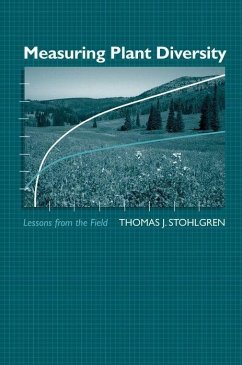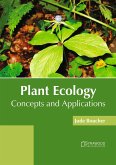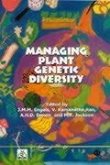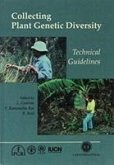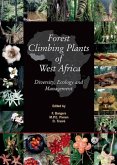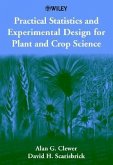More ecologists, wildlife biologists, and local and regional planners recognize the value in understanding patterns, dynamics, and interactions of rare and common plant species and habitats to better manage grazing, fire, invasive plant species, forest practices, and restoration activities. Thus, revised and new sampling approaches, designs, and field techniques for measuring plant diversity are needed to assess critical emerging issues facing land managers. This book offers alternatives to the approaches, designs, and techniques of the past that were chiefly designed for dominant species and other purposes. The author focuses on field techniques that move beyond classifying, mapping, and measuring plant diversity for relatively homogeneous communities. This book complements methods for measuring the biomass and cover of dominant plant species. Most species are sparse, rare, and patchily distributed. It empowers the reader to take an experimental approach in the science of plant diversity to better understand the distributions of common and rare species, native and non-native species, and long-lived and short-lived species.
Here is a thorough presentation and critique of the sampling approaches, designs and field techniques for measuring plant diversity. Ecologists interested in assessing landscapes and ecosystems must measure biomass, cover, and the density or frequency of various key species. Recently, sampling designs for measuring species richness and diversity, patterns of plant diversity, species-environment relationships, and species distributions have become finer-grained, as it has become increasingly important to accurately map and assess rare species for conservation. This book lays out the range of current methods for mapping and measuring species diversity, for field ecologists, resource managers, conservation biologists, and students, as a tool kit for future field measurements of plant diversity.
Hinweis: Dieser Artikel kann nur an eine deutsche Lieferadresse ausgeliefert werden.
Here is a thorough presentation and critique of the sampling approaches, designs and field techniques for measuring plant diversity. Ecologists interested in assessing landscapes and ecosystems must measure biomass, cover, and the density or frequency of various key species. Recently, sampling designs for measuring species richness and diversity, patterns of plant diversity, species-environment relationships, and species distributions have become finer-grained, as it has become increasingly important to accurately map and assess rare species for conservation. This book lays out the range of current methods for mapping and measuring species diversity, for field ecologists, resource managers, conservation biologists, and students, as a tool kit for future field measurements of plant diversity.
Hinweis: Dieser Artikel kann nur an eine deutsche Lieferadresse ausgeliefert werden.

